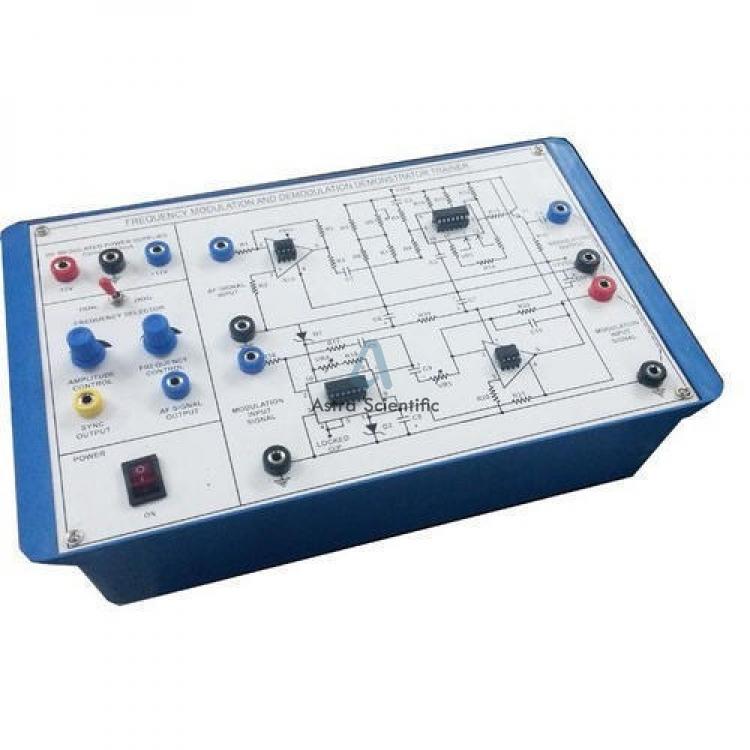Description and Specification for Lab Tenders
Digital Modulation Demodulation.
The design and construction of electron With this board the students can study the operating principle of the digital communications using the most common techniques such as PCM modulation, PAM modulation, PFM modulation, PWM and PPM modulations and finally the DM modulation with the aid also of a signal of noise, of analog filters and output amplifiers. ic circuits to solve practical problems is an essential technique in the fields of electronic engineering and computer engineering.
Technical Features of Digital Modulation Demodulation
Possibility to use 1 or 2 digital channels.
Integrated anti‐aliasing and band limiting analogue filters in reception, capacitive switching type.
Passing band from 300 Hz up to 3400 Hz.
PAM signal generation, demodulation, transmission for each single channel.
PCM modulator and demodulator.
8 bit coding with compression, Mu or A selectable through bridge.
2 channels for transmission and 2 channels for reception.
PAM modulator and demodulator.
Two channel time division.
Regeneration of the synchronism and channel signals.
Sampled, but not quantified signal.
PTM Signal Generation.
Passing band from continuous to 4000Hz.
Single channel with passing band from continuous to 4000 Hz.
Regeneration of the synchronism signal.
PWM and PPM modulator and demodulator.
PCM signal generation and demodulation.
PCM Signal Time‐Division Multiplexing.
Delta modulator and demodulator Single channel with passing band from continuous to 3400 Hz.
Conversion of the PWM signal to PPM and from the PPM signal to PWM.

